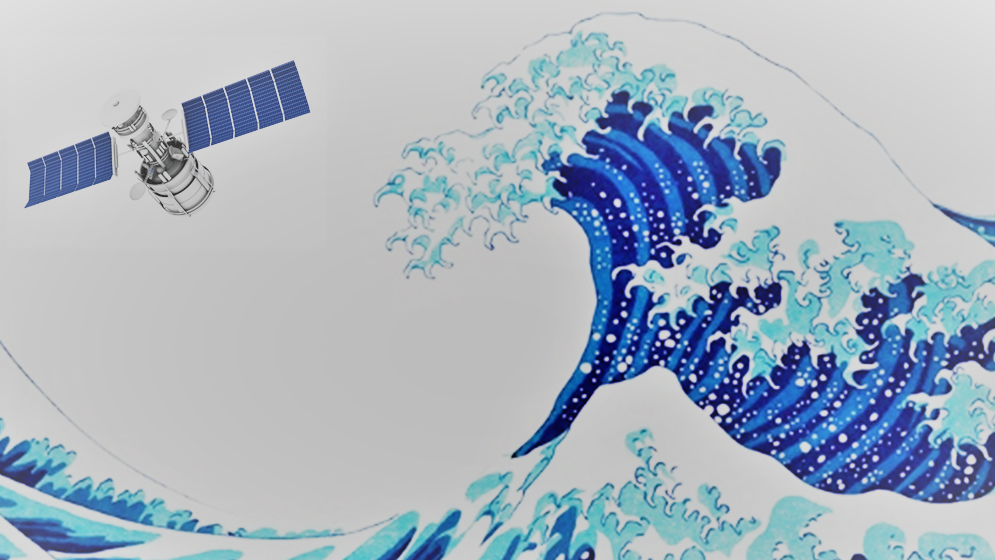This research aims to prove two hypotheses:
The first one is that LEO constellations with onboard GNSS receivers can systematically and reliably detect tsunami-driven TID (Travelling Ionospheric Disturbance) signatures in the top side of the ionosphere, i.e. above 400 km height. To achieve this goal, data from several LEO constellations, e.g. Swarm, FORMOSAT-7/COSMIC2, as well as data from private LEO constellations purchased by European agencies (e.g. SPIRE), will be used to feed tomographic ionospheric models. As opposed to ground-based measurements, GNSS measurements from onboard-LEO receivers can provide global coverage. Furthermore, due to the relative geometry between receivers and transmitters, LEO-based measurements are more sensitive than ground-based measurements to the vertical propagation of the tsunami-driven TIDs. In this regard, recent research indicates that the effect of the tsunami-driven gravity waves that generate TIDs is also enhanced along the height coordinate of the propagation path, and, consequently, it can be detected above the LEO orbit height.
The second goal is to prove that the tomographic sounding of the ionosphere can provide insight into the kinematics of tsunamis in 3D. Tomographic models for ionospheric sounding consist in computing the ionospheric electron density in 3D voxels using GNSS data. The detection and characterization of tsunami-driven TID signature within the tomographic image of the ionosphere will be conducted by the multiscale analysis (MSA) technique. MSA consists in a successive wavelet decomposition of images. Each element of the decomposition corresponds to a different spatial and temporal scale characteristic of the image. Phenomena of specific time and spatial scales will be more prominent than others in the wavelet phase space corresponding to such scales, thereby increasing the likelihood for their detection.

